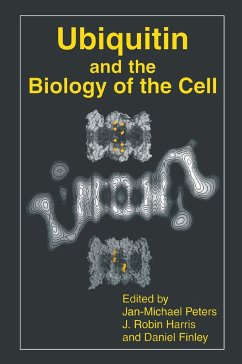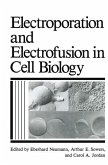The last several years have been a landmark period in the ubiquitin field. The breadth of ubiquitin's roles in cell biology was first sketched, and the importance of ubiquitin-dependent proteolysis as a regulatory mechanism gained general acceptance. The many strands of work that led to this new perception are re counted in this book. A consequence of this progress is that the field has grown dramatically since the first book on ubiquitin was published almost a decade ago [M. Rechsteiner (ed. ), Ubiquitin, Plenum Press, 1988]. In this span, students of the cell cycle, transcription, signal transduction, protein sorting, neuropathology, cancer, virology, and immunology have attempted to chart the role of ubi quit in in their particular experimental systems, and this integration of the field into cell biology as a whole continues at a remarkable pace. We hope that for active researchers in the field as well as for newcomers and those on the fence, this book will prove helpful for its breadth, historical perspective, and practical tips. Structural data are now available on many of the components of the ubiquitin pathway. The structures have provided basic insights into the unusual biochemical mechanisms of ubiquitination and proteasome-mediated proteolysis. Because high-speed computer graphics can convey structures more effectively than print media, we have supplemented the figures of the book with a Worldwide Web site that can display the structures in a flexible, viewer-controlled format.








